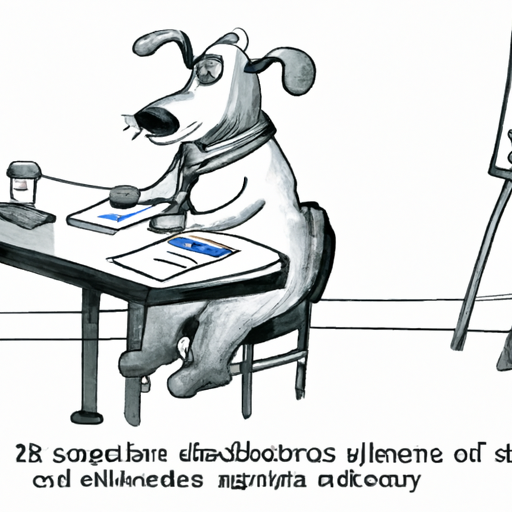As a caregiver, understanding what your dog is going through is crucial. In this guide, we’ll discuss eight key signs of diabetes in dogs.
1. Excessive Thirst and Urination
The first thing you might notice is your dog drinking more water than usual, which leads to more frequent urination. This is because their body is trying to get rid of excess sugar by flushing it out in urine.
| Normal water intake | Excessive water intake |
|---|---|
| 1/2 – 1 ounce per pound of body weight daily | More than above |
2. Weight Loss
Despite eating normal or even increased amounts of food, your dog may lose weight. This is due to the body not being able to turn glucose into energy efficiently.
3. Increased Appetite
Increased hunger can be a sign of diabetes. The body isn’t getting enough energy from food, so your dog may start eating more in an attempt to compensate.
4. Fatigue and Weakness
A diabetic dog may seem less active or lethargic. As their body struggles to convert sugar into energy, they may not have the strength for their usual activities.
5. Vomiting
Frequent vomiting can be a sign that your dog’s body is under stress from high blood sugar levels.
6. Skin and Coat Changes
Look for changes in the skin and coat. Your dog’s skin may become dry or thin, and their coat may lose its luster.
7. Chronic or Recurring Infections
Diabetes affects the immune system, making dogs more susceptible to infections. Frequent or recurring infections, particularly skin and urinary tract infections, can be a sign of diabetes.
8. Cloudy Eyes
In advanced cases, diabetic dogs may develop cataracts, which can make their eyes look cloudy.
FAQ
What should I do if I notice these symptoms?
If you notice any of these symptoms, it’s important to get your dog to a vet as soon as possible. Early detection and treatment can help manage the disease and prevent complications.
Can a dog live a normal life with diabetes?
Yes, with proper management, including diet, exercise, and medication, a dog with diabetes can live a healthy and active life.
Are certain breeds more prone to diabetes?
While diabetes can affect any breed of dog, some breeds are more susceptible, including Samoyeds, Miniature Schnauzers, and Australian Terriers.
What kind of diet should a diabetic dog be on?
A diabetic dog’s diet should be high in fiber and low in fat. Your vet can help determine the best diet for your dog based on their individual needs.
Remember, your role as a caregiver is paramount in the health and happiness of your furry friend. Keep a lookout for these symptoms and ensure they receive the necessary care and attention they need.



